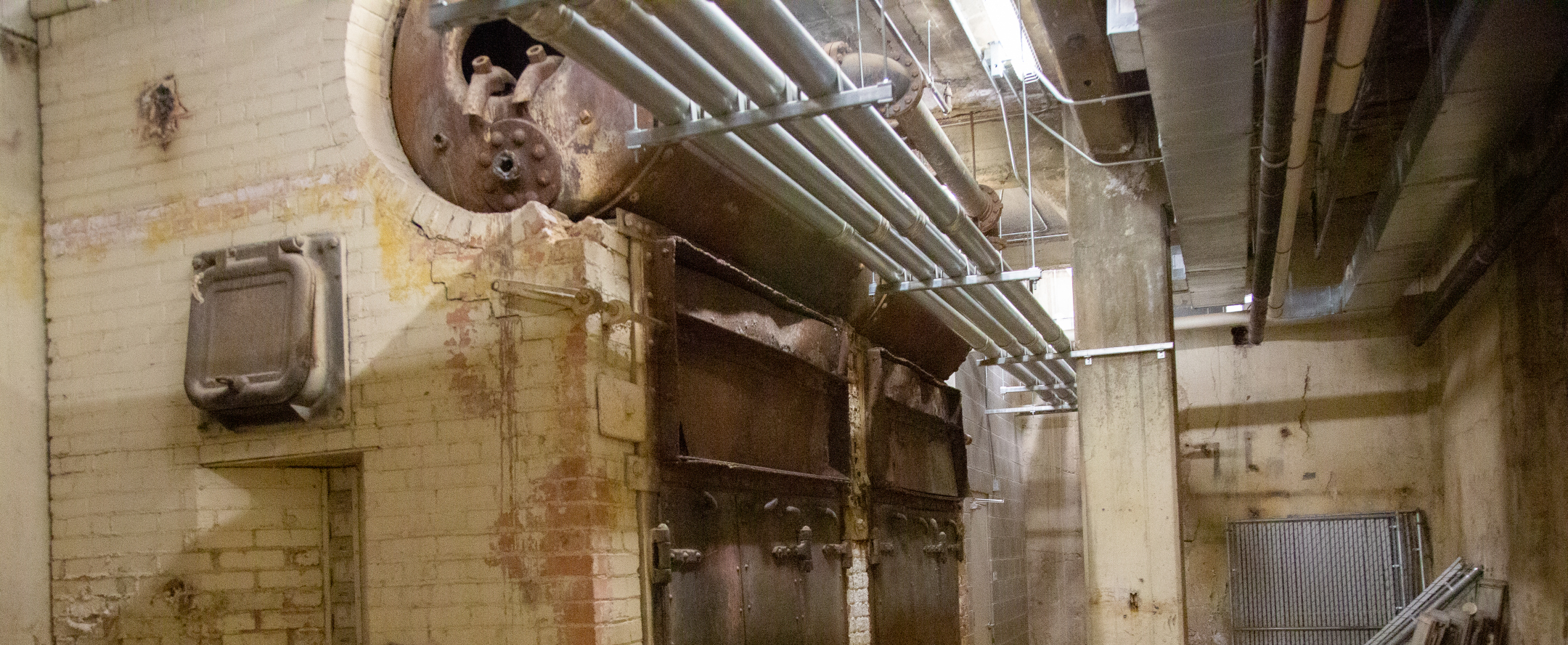Drip, Drip, Deluge!
Of all the types of water damage in a workplace or home, pipe leaks and bursts can be the most damaging. Why? Small leaks often go undetected (or ignored) for extended periods of time, while a burst 1-inch water line can pump out hundreds of gallons of water per minute. Over a holiday or weekend when no one is around, this deluge might not be detected for days! Protecting your property from this type of loss is well worth the time and effort. Here we’ll walk you through the most important points in identification, prevention and restoration of water damage resulting from water supply line breaches.
What Causes Pipes to Leak?
With the exception of very old buildings, it is exceedingly rare to see pipe corrosion as the primary contributor to a breach. Almost all recent and new construction boasts water supply lines made from materials built to last a lifetime. On occasion though, mechanical failure, improper installation or faulty materials can be the culprit in a pipe malfunction. In any of these instances, a specialist can share knowledge, experience and an educated opinion on the source of the failure and can offer guidance for engaging your insurance provider.
Signs of Water Damage
Not all pipe breaches are “gushers,” bursting and spewing water dramatically. Slow, persistent pipe leaks, while harder to detect, can cause just as much – if not more! – damage to a home or workplace, especially if the damage goes unnoticed for a long period. Learning to spot the early signs of hidden water damage from pipe leaks (behind walls, above ceilings, etc.) can save an enormous amount of time and money. Common indicators of water damage are:
- Dark or wet spots on walls or ceilings
- Odor
- Swollen baseboards
- Bubbling paint
- Peeling wallpaper
- Soft drywall
- Warped ceiling tiles
- Sudden loss of water pressure
- An unusually high water bill
No matter the size or scope of the damage, it is imperative to act at the first sign of a problem. Investigate and address the source of the issue immediately. Engaging a professional will help to determine the true extent of the damage and allow repairs to begin as soon as possible. Deferring any maintenance will no doubt cost much more down the line. Learn more about the signs of water damage here.
